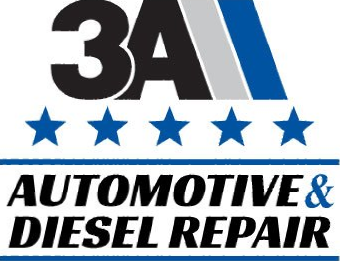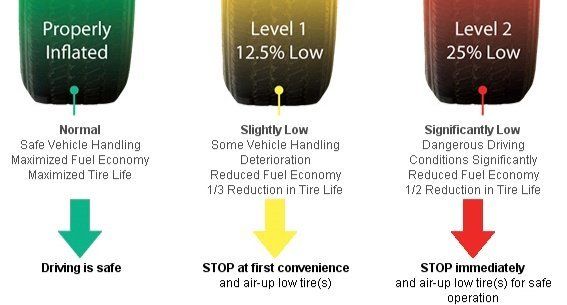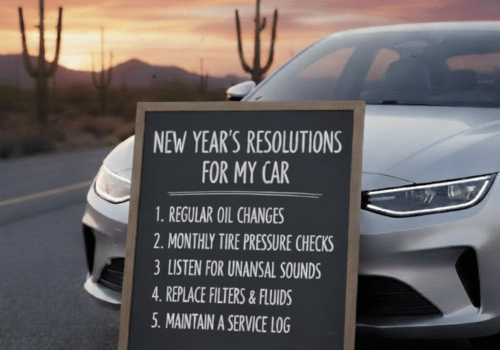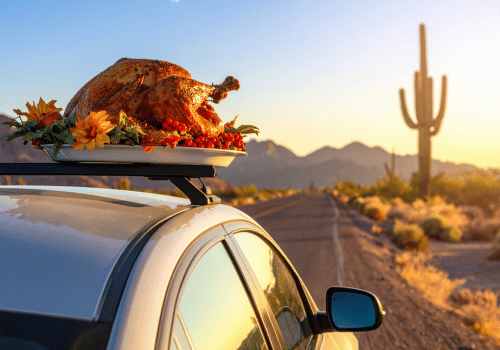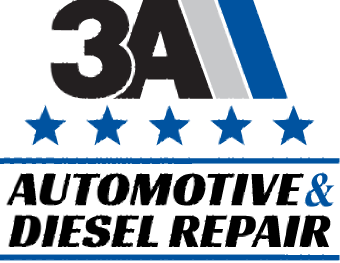Three Things You Should Know About Driving In Cooler Weather
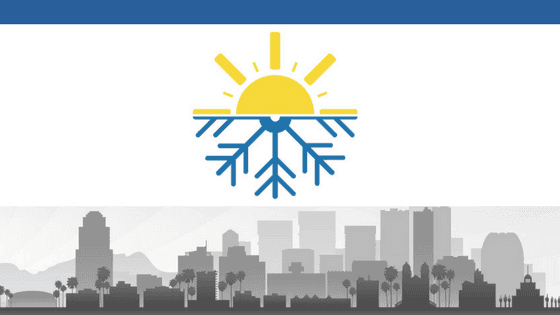
Avoid A Decrease In Fuel Economy And Prevent Unexpected Car Trouble
Low Tire Pressure = Poor Fuel Economy, Poor Tire Wear, Poor Steering
For every ten-degree drop in air temperature, there’s up to a 2-psi (pounds per square inch) drop in air pressure in your tires. In the Phoenix area that can easily put your tires 5-10 pounds low on air pressure. Now is a good time to have your tire pressure checked. The correct pressure for your tires is usually found in the owner’s manual or on the vehicle information sticker inside the driver’s door jam. Also, make sure you check the spare tire as well!
Keep it in the garage: COLD CAR = POOR FUEL ECONOMY
If you can, park your vehicle in the garage to keep it warm. In the summer we want it in the garage to keep in cool and in the winter we want to keep it warm. Why? You want your car to get up to optimal running temperature as fast as possible without having it “warm up” while you are in the house (which means zero miles per gallon). When the engine is running below its optimum temperature your car is burning more fuel. Therefore, the warmer your car is at startup, the faster it gets up to its optimum temperature.
Rubber shrinks in colder temperature – Keep an eye out for fluid leaks
As it gets cooler out, it is not uncommon to see coolant, oil or any of the other fluids in a car start to leak. When its warm out or when the vehicle is running, all the rubber gaskets and seals are fully expanded and everything is sealed tight. But as temperatures drop, an older rubber gasket, hose or seal may show it’s age by starting to leak because it doesn’t have the same elasticity as it once had. When the temperature drops that rubber shrinks and doesn’t keep a good seal.
As always, if you have any concerns please give us a call at 602-997-7978 or click here to schedule an appointment online. You can always stop in at your convenience and we will always check your tire pressure and fluid levels free of charge while you wait. It only take about 5 minutes.
Happy Fall Season,
Jimmy Alauria, President
